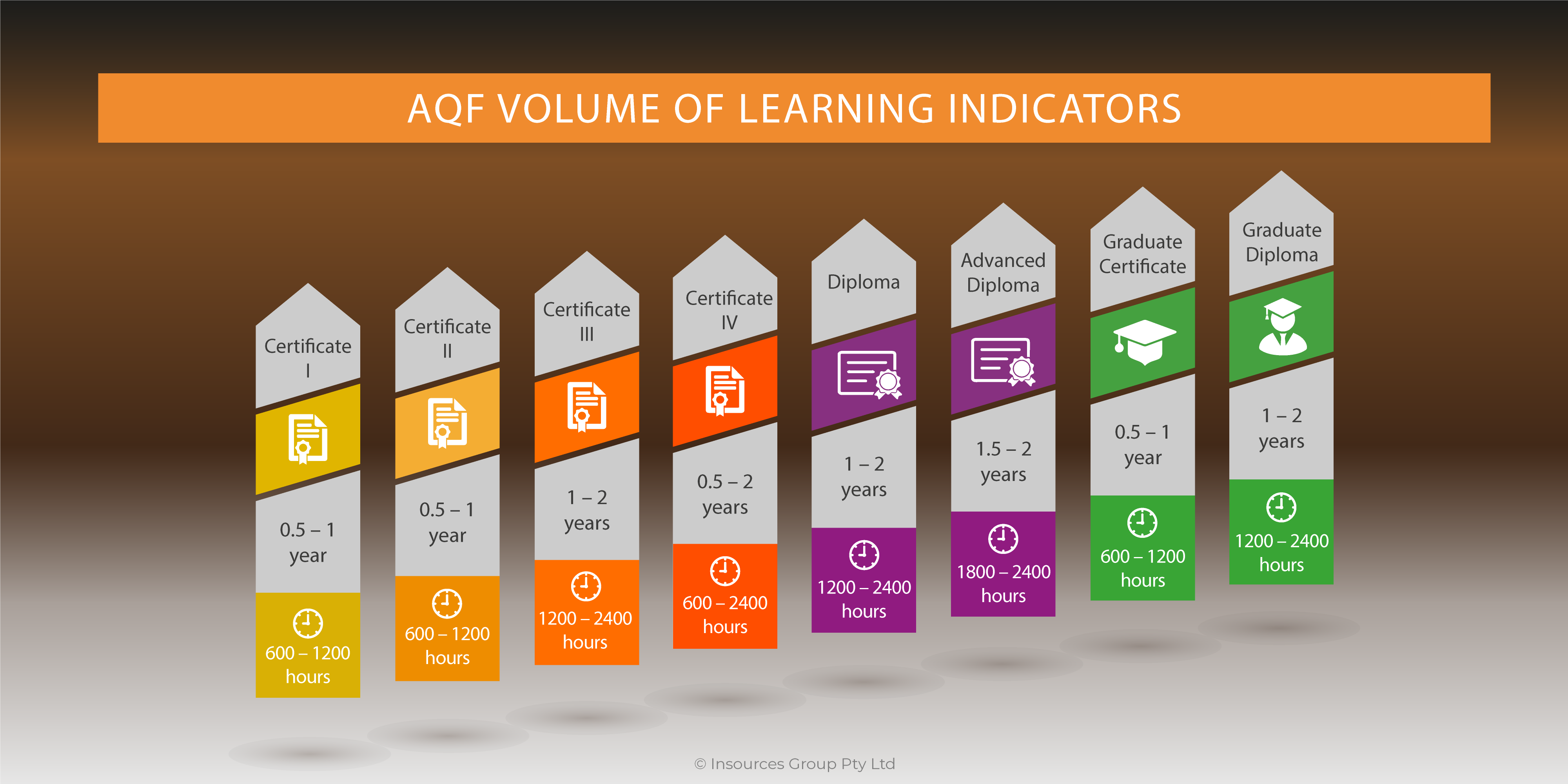 To succeed at work, employees must know how to solve problems. Are we so reactive that we quickly come up with an answer to satisfy a deadline? Or do we see what others are doing and simply apply their ideas? In training sessions, we often teach the process of problem solving but we don’t always focus on how learners can apply the process in their daily lives. We need to emphasize a traditional method of problem solving, along with the components and skills necessary to perform the process.
To succeed at work, employees must know how to solve problems. Are we so reactive that we quickly come up with an answer to satisfy a deadline? Or do we see what others are doing and simply apply their ideas? In training sessions, we often teach the process of problem solving but we don’t always focus on how learners can apply the process in their daily lives. We need to emphasize a traditional method of problem solving, along with the components and skills necessary to perform the process.
Here’s a process for problem solving:
- Identify the issues with a simple SWOT analysis (strengths, weaknesses, opportunities, and threats).
- Identify any missing information or assumptions that will have to be made.
- Determine the problem.
- Identify alternatives to solving the problem.
- Evaluate alternatives and make a recommendation.
- Determine the implementation process of your recommendation.
- Determine how the process will be evaluated and provide a contingency plan.
In training, we must cover this entire process. More importantly, however, we must cover how to apply this process back on the job. A possible training scenario could look like this:
Identify the issues with a simple SWOT analysis: Trainees should be given multiple case studies and questioned thoroughly to get them to determine the current situation. They must be shown differences between strengths, weaknesses, opportunities, and threats as they apply to the internal and external impact on the company.
Identify any missing information or assumptions: Trainees must learn to recognize additional information they need to solve the problem at hand.
Determine the problem: Trainees must learn the pattern of continuing to question why there are concerns. This helps focus on real problems, rather than symptoms. Case studies are a great tool here.
Identify alternatives to solving the problem: Trainees must learn to examine the SWOT analysis for possible solutions but also learn to discover specific actions to take. Many try to identify tactics here, which should be saved for the implementation process. Another mistake people make is that they try to solve the problem here before using a criterion basis for evaluating alternatives
Evaluate alternatives and make a recommendation: Of the alternatives in step 4, one will be the answer to the problem learners have identified. Evaluation should be based on three criteria: Does the alternative fit with the mission of the organisation? Is the alternative viable in terms of resources and finances? Does the alternative make an improvement? Reinforce that a recommendation must be made.
Determine the implementation process: Trainees need to identify steps to put their recommendation in place. This must be taken from beginning to completion. An onsite critique is necessary at this step.
Determine evaluation and control process: Trainees must learn to identify when and at what stages their recommendation would be considered unsuccessful or successful. Also, they must be able to provide a backup solution in case their recommendation does not work.




